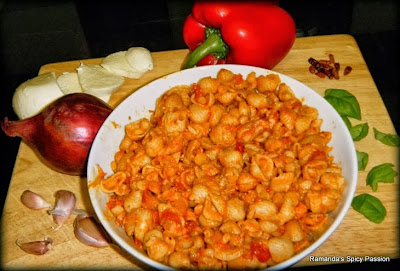Nowadays unfortunately diabetes is on the increase amongst us but luckily we are in the 21st century so some sweets, snacks and drinks are made by replacing sugar with a sugar substitute. Hence diabetic people can enjoy sweet treats and drinks as well.
There are about 35 sugar substitutes which are divided into two categories, Natural Sugar Substitutes and Artificial Sugar Substitutes. I would always recommend you to use Natural Sugar Substitutes as they are, well, natural!! :) They usually are derived from plants, milk etc. They can be expensive but when using some of them you will have to use a very tiny amount when substituting sugar. At the minute my mum, which is a diabetic is using Tagatose which is derived from some milk, Tagatose is the closest substitute to sugar as it is x0.92 sweet which is near to a 1:1 ratio. There are about 23 Natural Sugar Substitutes. This a list of them, click on the names for further info from Wikipedia.
Also I myself sometimes try to sweeten cakes and the like using mashed banans or chopped dates instead of sugar. I have not used it myself but as somebody suggested in the comments below, Agave nectar is a sugar alternative and it is actually low GI, But I believe at the end of the day if you are not diabetic you can still enjoy sugar moderately. It is always better than having lots of artificial chemicals in your system. My motto is always, NATURAL IS BEST!!!
Also I myself sometimes try to sweeten cakes and the like using mashed banans or chopped dates instead of sugar. I have not used it myself but as somebody suggested in the comments below, Agave nectar is a sugar alternative and it is actually low GI, But I believe at the end of the day if you are not diabetic you can still enjoy sugar moderately. It is always better than having lots of artificial chemicals in your system. My motto is always, NATURAL IS BEST!!!
1. Brazzein — 800× sweetness of sucrose (by weight)
2. Curculin — 550× sweetness (by weight)
3. Erythritol — 0.7× sweetness (by weight)
4. Glycyrrhizin — 50× sweetness (by weight)
5. Glycerol — 0.6× sweetness (by weight)
6. Hydrogenated starch hydrolysates — 0.4–0.9× sweetness (by weight)
7. Inulin – 10x sweetness (by weight)
8. Isomalt — 0.45–0.65× sweetness (by weight)
9. Lactitol — 0.4× sweetness (by weight)
10. Luo han guo - 300× sweetness (by weight)
11. Mabinlin — protein, 100× sweetness (by weight)
12. Maltitol — 0.9× sweetness (by weight)
13. Malto-oligosaccharide
14. Mannitol — 0.5× sweetness (by weight)
15. Miraculin — a protein that does not taste sweet by itself, but modifies taste receptors to make sour things taste sweet temporarily
16. Monatin — naturally-occurring sweetener isolated from the plant Sclerochiton ilicifolius
17. Monellin — 3,000× sweetness (by weight)
18. Pentadin — 500× sweetness (by weight)
19. Sorbitol — 0.6× sweetness (by weight)
20. Stevia — 250× sweetness (by weight) - extracts known as rebiana, Truvia, PureVia; mainly containing rebaudioside A, a steviol glycoside
21. Tagatose — 0.92× sweetness (by weight)
22. Thaumatin — protein, 2,000× sweetness (by weight)
23. Xylitol — 1.0× sweetness (by weight)
As for the Artificial Sugar Substitutes, these are best known as they are commercially used, mainly in substituting sugar in low calorie drinks and sweets. These artificial sweeteners are very concentrated, for example if you need to substitute 1g of sugar [sucrose] with Aspartame you would need to use just 0.005g of Aspartame. There are about 12 Artificial Sugar Substitutes which are listed below;
1. Acesulfame potassium — 200× sweetness (by weight)
2. Alitame — 2,000× sweetness (by weight)
3. Aspartame — 160–200× sweetness (by weight)
4. Salt of aspartame-acesulfame — 350× sweetness (by weight)
5. Cyclamate — 30× sweetness (by weight)
6. Dulcin — 250× sweetness (by weight)
7. Glucin — 300× sweetness (by weight)
8. Neohesperidin dihydrochalcone — 1,500× sweetness (by weight)
9. Neotame — 8,000× sweetness (by weight)
10. P-4000 — 4,000× sweetness (by weight)
11. Saccharin — 300× sweetness (by weight)
12. Sucralose — 600× sweetness (by weight)
NOTE: WHEN SUBSTITUTING SUGAR WITH SUGAR SUBSTITUTES IN RECIPES ALWAYS MAKE SURE OF THE DIFFERENCE IN SWEETNESS!! DO NOT HESITATE TO USE THIS TABLE, WIKIPEDIA OR ASK ME!! :))


.jpg)